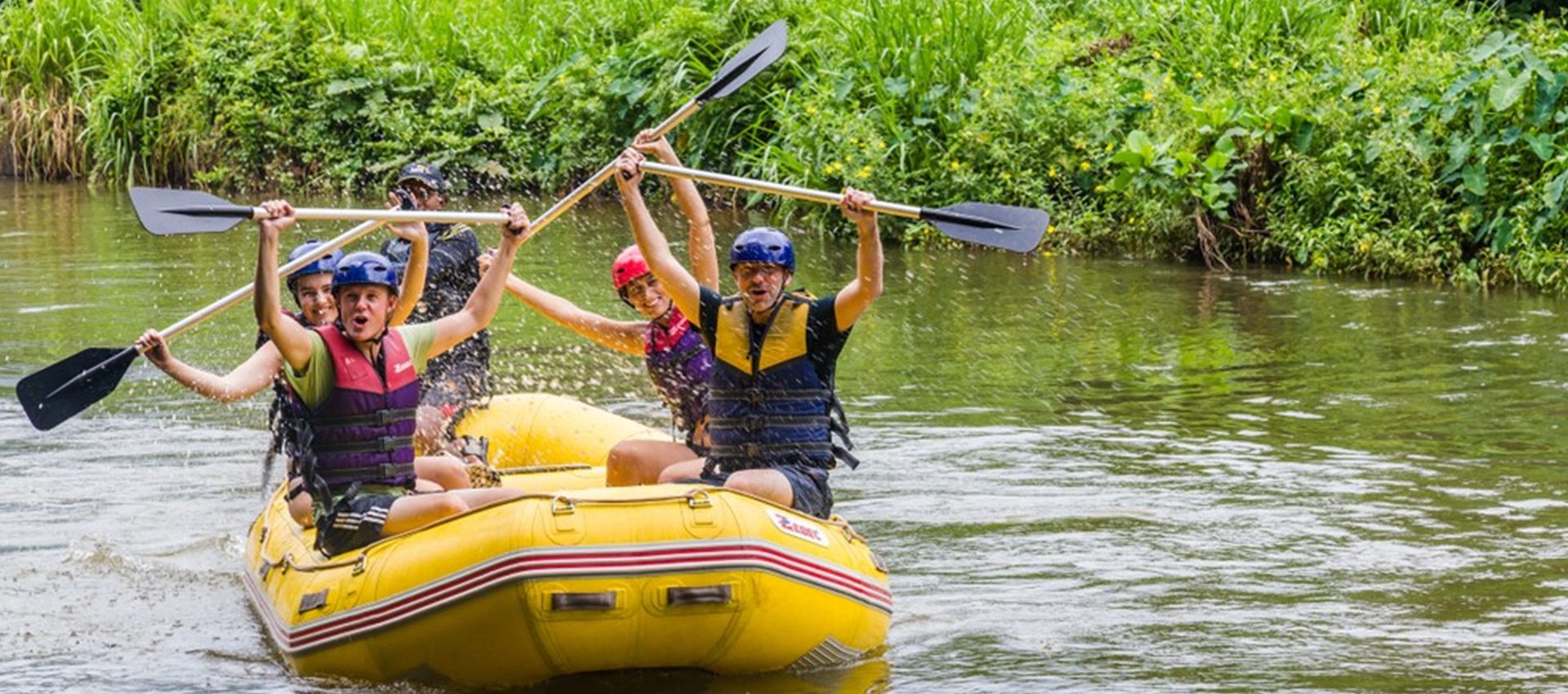The Sinharaja Reserve has a wet equatorial climate and, in common with the south west highland towns such as Kitulgala which it fringes, is one of the wettest parts of Sri Lanka with more than 400cms a year. Sri Lanka’s last surviving rainforest and a valuable canoeing and rafting centre are two positive results of that climate. The driest months are January to March and July to September but even then, there is every chance you will see some rain with every month seeing precipitation on the majority of days. Humidity is at least 90% in every month outside January to March. To put things into perspective, this area sees roughly as much rain as the Jaffna Peninsula sees throughout the year. Take an umbrella.
Sri Lanka is affected by two monsoons which generally means that there is good weather somewhere. The main south-west (“yala”) monsoon brings rain to the west and south-west coasts and hills largely between May and July. The north-east (“maha”) monsoon hits the east coast predominantly from November to January. There is also an inter-monsoonal period of unsettled weather in October.
Best month to visit Sinharaja and Kitulgala: January
| Average high °C | Average low °C | Average rain / m mm | Average rain days / m | Average sun hours / month | |
|---|---|---|---|---|---|
| Jan | 30 | 21 | 245 | 14 | 7 |
| Feb | 29 | 20 | 255 | 15 | 8 |
| Mar | 30 | 20 | 310 | 19 | 8 |
| Apr | 31 | 20 | 455 | 20 | 7 |
| May | 29 | 19 | 300 | 21 | 6 |
| June | 29 | 19 | 275 | 20 | 6 |
| July | 28 | 20 | 265 | 21 | 6 |
| Aug | 28 | 19 | 240 | 21 | 6 |
| Sept | 28 | 20 | 240 | 19 | 6 |
| Oct | 33 | 19 | 530 | 20 | 6 |
| Nov | 32 | 18 | 580 | 18 | 7 |
| Dec | 30 | 18 | 435 | 17 | 7 |
| Year | 30 | 19 | 345 | 19 | 7 |



